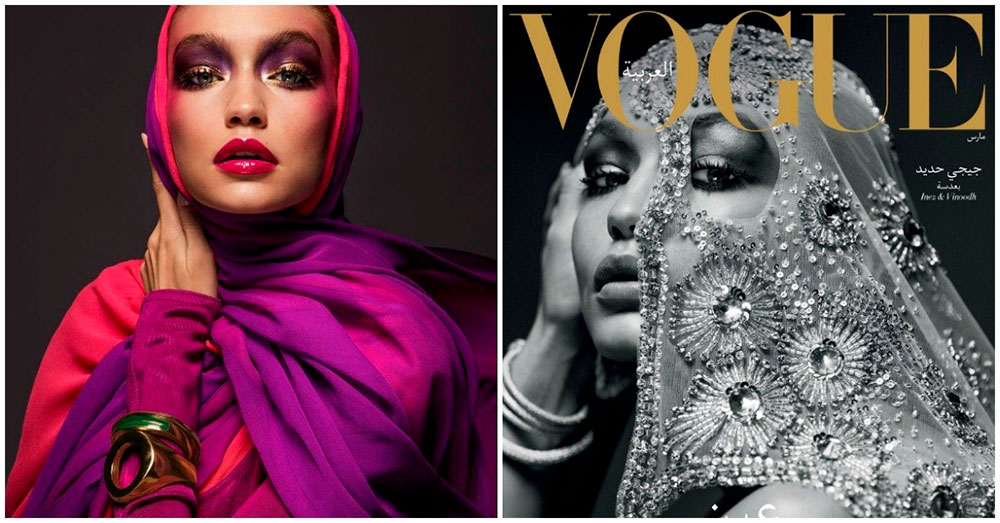Dina Abdulaziz - Arab it-girl
Who said Arab women don't have a sense of style? Saudi Arabian Princess Dina Abdulaziz proves otherwise. Oriental beauty can always be recognized by her eccentric short haircut, elegant stilettos by Manolo Blahnik and discreet clothes by Rodarte or Jason Wu. However, what can I say - take a closer look at the street style images of a girl - she always looks perfect!

Women in Saudi Arabia are very disadvantaged in their rights. For example, they are forbidden to drive a car and communicate with other men. Severe restrictions also apply to clothing - the fair sex is required to walk in raincoats called abayas and cover their heads with a veil. But these rules are not written for an Arab princess! Dina Abdulaziz is a vivid example of a progressive-minded oriental woman.

Dina met her husband, a Saudi prince, in London. Two years later they got married and lived in New York for a long time. Life in the metropolis greatly influenced the sense of style of the princess. In addition, the girl has always been interested in fashion - her “fashion” the library contains all issues of Vogue magazine since 1998.

Soon, the royal family returned to their homeland - to Saudi Arabia, where Dina opened her boutiques with designer clothes. The girl can always be seen at the forefront of fashion shows, she personally buys clothes for her stores. Street style photographers also love her very much - Dina has an impeccable style. She prefers elegant clothes with bright accents: various blouses, tops, trousers and dresses, midi skirts or maxi.

Princess notes that many Arab women have good taste and a craving for fashion, but do not have the opportunity to dress beautifully. She brings fashion to Saudi Arabia by personal example.
Mother of three, beauty, businesswoman and style icon - Dina Abdulaziz was invited to the post of editor-in-chief of Vogue Arabia - the debut in the east. But after working for two months (March-April 2017), the princess could not find a common language with the leadership, explaining that their requirements were contrary to the moral and ethical principles of the readers.

